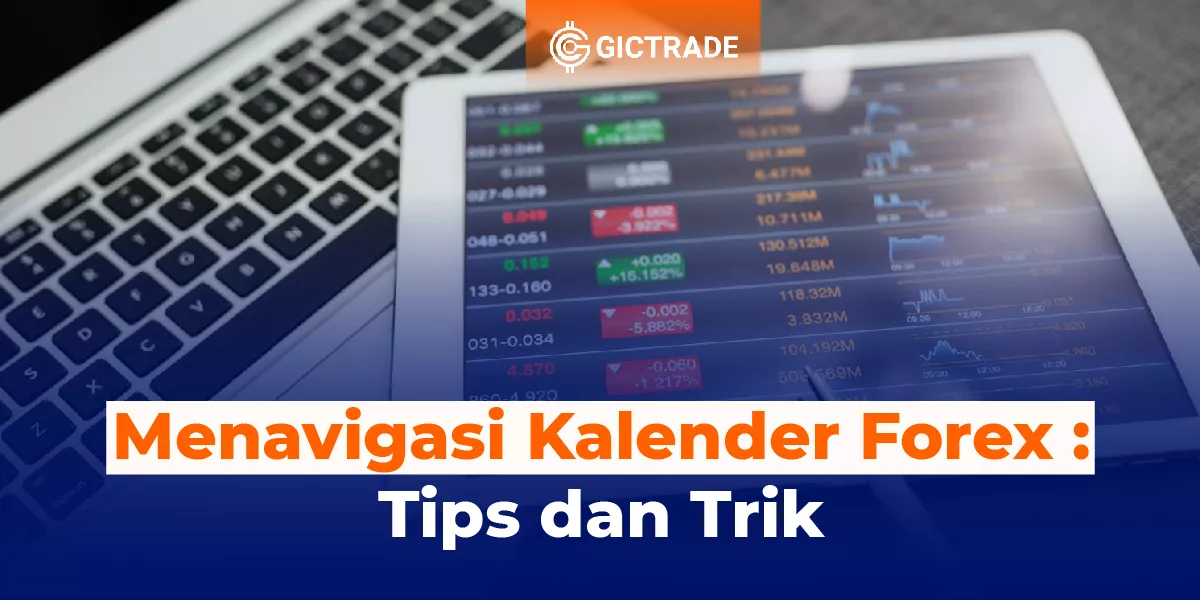What Is Dow Theory?
In this day and age, a technical analyst can use different tools such as charts and charts to analyze the market. His thought and decision-making processes are based on various theories that have been developed over the years. But if you go back to the history of technical analysis, the foundations of this branch of stock investing can be traced back to Charles Dow and his writings. The theory explains how the stock market can be used by investors to understand the health of the business environment. It was the first theory that explained that the market moves in a trend. And while much has changed in the stock market over the years, the basic principles of the Dow Theory still apply.Important Info!
Learn About Trading Range Theory, Stock Split, and Signaling Theory!
Enjoy Tens of Millions of Profits Using This!
History of the Dow Theory
The Dow Theory was first introduced by Charles Dow, who was the founder of Dow Jones and Company and the first editor of the Wall Street Journal. This theory is based on many editorials he wrote between 1900-1902. After his death, William Hamilton continued his work. In 1932, the writings of these two men were collectively published as the Dow Theory by Robert Rhea. Much credit goes to William P Hamilton, who compiled articles with relevant examples over a period of 27 years. Much has changed since the time of Charles Dow, and hence there are supporters and critics of the Dow Theory.Basic Principles In Dow Theory
 The Dow Theory is built on several beliefs. This is called the principle of the Dow Theory. Charles H Dow developed this principle over his years of observation in the market. The 9 principles are considered to be the guiding force behind the Dow Theory. They are as follows:
The Dow Theory is built on several beliefs. This is called the principle of the Dow Theory. Charles H Dow developed this principle over his years of observation in the market. The 9 principles are considered to be the guiding force behind the Dow Theory. They are as follows:
| No | Principle | What does it mean? |
| 01 | Indeks mendiskon semuanya | Stock market indices discount everything known and unknown in the public domain. If a sudden and unexpected event occurs, the stock market index quickly recalibrates itself to reflect an accurate value |
| 02 | Overall there are 3 broad market trends. | Major Trends, Secondary Trends, and Minor Trends |
| 03 | Main Trends | This is the main trend of the market that lasts from one year to several years. This indicates the direction of the broader multiyear market. While a long-term investor is interested in the main trends, an active trader is interested in all trends. The main trend can be a primary uptrend or a major downtrend |
| 04 | Secondary Trends | This is a correction against the main trend. Think of this as a small backlash to larger movements in the market. Examples – corrections in bull markets, rallies & recoveries in bear markets. Counter-trends can last anywhere from a few weeks to a few months |
| 05 | Small Trends/Daily Fluctuations | These are daily fluctuations in the market; Some traders prefer to call it market noise |
| 06 | All Indices must confirm each other. | We cannot confirm a trend based on just one index. For example, the market is bullish only if the CNX Nifty, CNX Nifty Midcap, CNX Nifty Smallcap etc. all move in the same upward direction. It is impossible to classify the market as bullish, just by the actions of the CNX Nifty alone |
| 07 | Volume must be confirmed | The volume should confirm along with the price. The trend should be supported by volume. Volume should increase when the price goes up and should decrease when the price goes down in an uptrend. In a downtrend, the volume should increase when the price drops and decrease when the price rises. You can refer to chapter 12 for more details on the volume |
| 08 | The sideway market can replace the secondary market. | The market may remain sideways (trading between ranges) for a long time. Example:- Reliance Industries between 2010 and 2013 traded between 860 and 990. Sideways markets can be a substitute for secondary trends |
| 09 | The closing price is the most sacred. | Among the opening, high, low, and closing prices, the closing is the most important price level because it represents the final evaluation of the stock during the day. |
Info Penting!
JCI: How to Read, Functions, Terms, and Other Stock Indices
Stop Trading Nipu Mode, Follow This for Consistent Profits!
How to Trade with Dow Theory
The Dow Theory operates on six main assumptions. Let's explain everything.1. The market considers all relevant details
Looking at individual stock prices and indices proves that the market has a way of accounting for all relevant information from the past, present, and future. The details considered include all influential factors including inflation, upcoming earnings, risks associated with general events, interest rates, and even the trader's perspective. Thus, only unknown details regarding a particular event and the resulting risks can cause market price changes.2. The market consists of 3 trends
It is not uncommon for the market to move in a single line. Starting from the largest to the smallest, the trends that shape the market are primary, secondary, and minor. Primary, secondary, and minor trends typically last for more than a year, 3 weeks to 3 months, and less than 3 weeks each.3. Primary trends have 3 phases
Accumulation Phase: This marks the beginning of an upward price movement. Experienced traders usually enter the market at this point. Mass Participation Phase: At this stage, the business environment has improved. An aspect that suppresses negative feelings about the market. As the good news keeps emerging, more and more traders are entering the market so that prices are increasing. In a typical scenario, this phase is the longest and records the most price movements. Excess Phase: at this point, the market has recorded significant gains due to the increasing number of traders entering the market. When the price movement starts to slow down, experienced traders start selling.. [caption id="attachment_21399" align="aligncenter" width="600"] dow theory[/caption]
dow theory[/caption]
4. A market index should confirm another and vice versa
Notable changes were reported only when the Dow Industrial and Dow Transports, the two major original indices, agreed. If, on the other hand, one is in a downtrend and the other starts a major uptrend, you have to be careful: a new general trend may not start.5. Volume is crucial in confirming trends
The term 'volume' refers to the number of shares traded. Indeed, this is a secondary measure to confirm a new trend. This means that if the market price moves in the same direction as the trend, its volume will increase. Likewise, the volume will inevitably decrease if the price moves against the trend.6. A trend is considered prevalent until a clear reversal appears
A trader should only consider the trend has changed if there is substantial evidence that the trend has reversed.Important Info!Easy & Quick Ways to Learn Elliott Wave for Forex Trading
Follow This Method If You Want to Get Hundreds of Millions in 1 Month!
Trading Strategies with Dow Theory
Most of the trading strategies used today rely on one main concept, "trend". This was a new idea when Charles H. Dow published his writings in the late 19th century. The Dow theory says that the market is in an uptrend if one of its averages exceeds the previous highs and is accompanied or followed by a similar movement in the other average. Therefore, the Dow theory trading strategy is based on a trend-following strategy, and can be either bullish or bearish.Buy signal Dow theory
A typical Dow theory buy signal would follow the order below:
- Once the low point of the downtrend in a bear market is established, a secondary uptrend bounce will occur.
- The pullback on either average should exceed 3% and then ideally hold above the previous lows on the Industrial and Transportation averages.
- A break above the previous rally high would result in a buy signal for the emerging bull market.
Dow theory sell signals
A typical Dow theory sell signal would follow the order below:- Bull markets reach peaks and retreats.
- The next rally again rose more than 3% and failed to reach its previous highs.
- The bear market's sell signal was triggered when the rally broke through its recent lows the following fall, as measured by the Industrial and Transportation averages.
Advantages of Dow Theory
The Dow Theory primarily helps traders identify market trends with greater accuracy, so they can take advantage of potential price action points. It also helps traders act cautiously and not move against market trends. And most importantly, the Dow Theory emphasizes the importance of the closing price as a good indicator of the general sentiment of the market. This is because throughout any trading day, trading can happen all over the place. But as the closing bell draws closer, most market participants want to adjust to the trend. Thus, the closing price of the stock is determined, depending on how the trader reacts when the trading day ends. This can give you a lot of insight into where the market is headed collectively. With this input, you can even develop a Dow Jones trading strategy that helps you make well-informed trading decisions.Important Info!Getting to Know Forex Technical Analysis and How to Do It
No need for spreads to be too high, use this account!
Disadvantages of Dow Theory
Like most trading methods, the Dow method does not tolerate volatility well. There is nothing more annoying for a trader to open a long on the last break high, hoping to see his stop loss reached on the low wick, to see the price surge eventually. Not to mention that when the stop loss on a Long position is executed, the entry loss Short stop is activated. Therefore, traders experience double trade losses before seeing Long disappear in latent capital gains at the end of the day.Best Trading Platform Recommendations
Well, this time we will discuss which trading platform is the best? Come to think of it, there is no trading platform as good as GIC. How could it not? Even at GIC, its traders will be offered directly to become traders and market makers. With these two parties, the transactions carried out will be very transparent without any company intervention when making transactions. It is like a GIC platform which is a provider of places such as markets, and traders as buyers, while market makers as sellers. In addition, GIC even sells a variety of other trading instruments besides forex such as commodities, precious metals, and you can even buy NFTs owned by GIC. Start trading on GIC now and don't forget to use an ECN account to trade with low spreads from zero! Don't forget to also take part in the GIC Gebyar Prize which has a total prize of 1 Billion Rupiah without being drawn!
 Last:
Last: 







